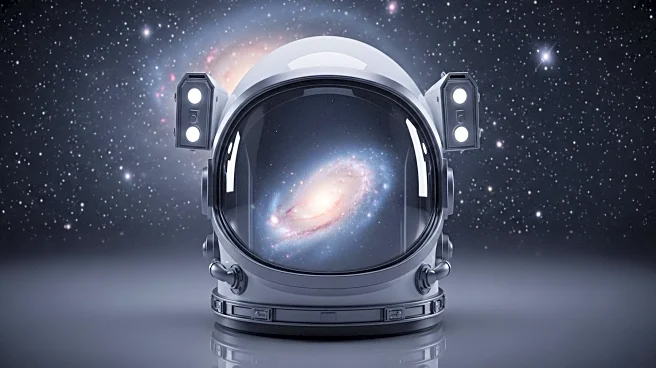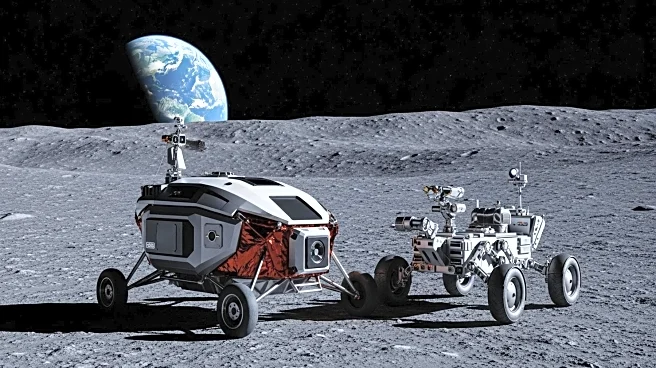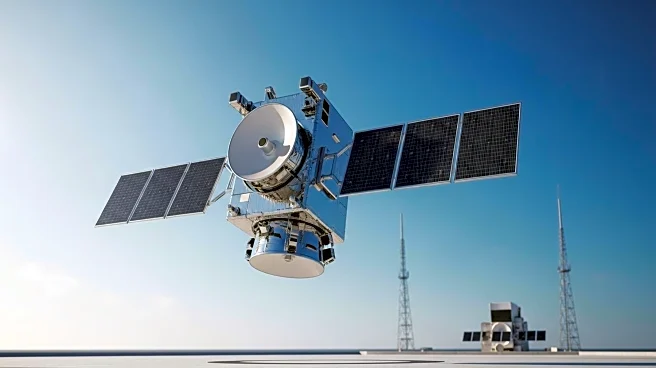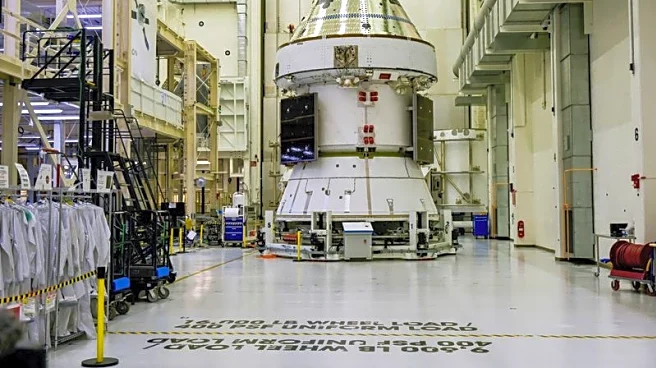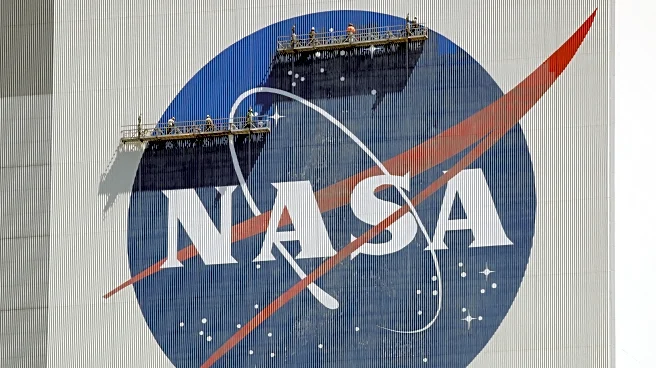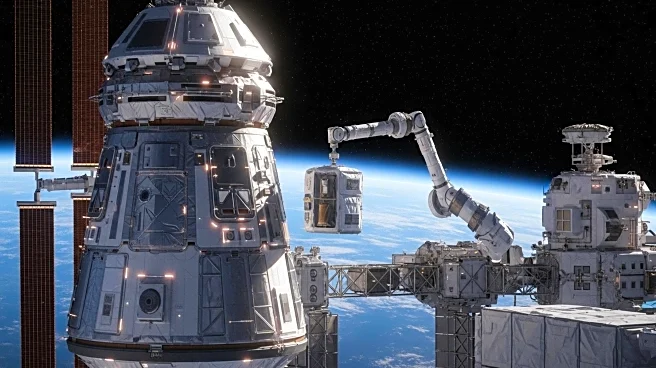What is the story about?
What's Happening?
NASA has announced its newest class of astronauts, known as Group 24, at a ceremony held at the Johnson Space Center. This group consists of ten individuals, including scientists, engineers, and pilots, with diverse backgrounds ranging from military aviation to Mars rover operations. Notably, this class features more women than men, marking a first for NASA. Among the selected candidates is Anna Menon, a SpaceX senior engineer with prior orbital spaceflight experience, and Lauren Edgar, a planetary scientist involved in setting science goals for the Artemis 3 mission. The announcement comes as NASA emphasizes its commitment to returning humans to the moon before China, which has plans to land crews there by the end of the decade. Despite concerns about potential delays in the lunar lander version of SpaceX's Starship, NASA officials remain optimistic about the Artemis 3 mission scheduled for mid-2027.
Why It's Important?
The introduction of NASA's new astronaut class is significant as it underscores the agency's strategic focus on lunar exploration amidst growing international competition. The Artemis program aims to reassert U.S. leadership in space exploration, with the goal of landing astronauts on the moon before China. This initiative is not only a matter of national pride but also has implications for national security, as highlighted by congressional leaders. The successful execution of the Artemis missions could bolster U.S. technological and scientific capabilities, potentially leading to advancements in space exploration and related industries. The selection of a diverse astronaut class also reflects NASA's commitment to inclusivity and broadening participation in space missions.
What's Next?
The newly selected astronauts will undergo two years of training before becoming eligible for flight assignments. These assignments may include missions to the International Space Station and its commercial successors, as well as Artemis missions to the moon. NASA officials and congressional leaders have expressed determination to ensure the U.S. lands on the lunar surface before China, emphasizing the importance of maintaining leadership in space exploration. The Artemis 3 mission, scheduled for mid-2027, is a critical milestone in this endeavor. Additionally, there is potential for these astronauts to participate in future missions to Mars, further extending NASA's exploration goals.
Beyond the Headlines
The selection of this astronaut class highlights broader cultural and ethical dimensions, such as the increasing representation of women in space exploration roles. This shift reflects societal changes and NASA's efforts to promote diversity and inclusion within its ranks. Furthermore, the competitive landscape of lunar exploration raises questions about international collaboration versus competition in space, as countries vie for technological and strategic advantages. The Artemis program's success could influence global space policies and foster new partnerships or rivalries.
AI Generated Content
Do you find this article useful?
